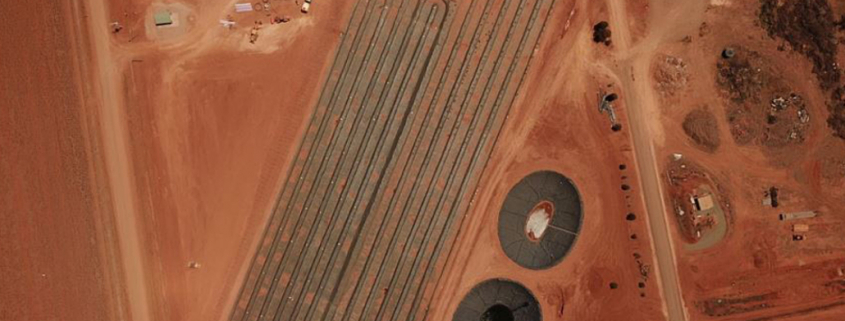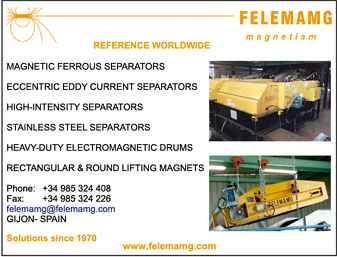Water Recycling with Microalgae: Business Case for Biofuel from Wastewater Pond
Environmental health experts at Australian Flinders University are advancing research into a sustainable wastewater recycling program by developing a cost-effective way to harvest microalgal biomass for use in biofuels and other applications.
According to the research of Flinders University, the high-rate algal pond (HRAP) model, recycling wastewater at two regional South Australian locations at Kingston-on-Murray and Peterborough, uses algae and bacteria to treat the wastewater. Research led by Flinders University Professor Howard Fallowfield and Dr. Paul Young has presented details of a new system using slaked lime and magnesium concentration to pool the microalgae-rich biosolids produced in the HRAP at Kingston-on-Murray in SA’s Riverland. Chemical reaction modeling was used to optimize the processing, and the cost of chemicals was evaluated. “This auto-flocculation process was successful in harvesting the biosolids while significantly reducing the turbidity, nutrients and E. coli contamination left in the wastewater,” lead author Dr. Young was quoted.
As reported, these sustainable, low-energy systems are cost-effective to run. Moreover, the capital cost of construction is about 40 percent of the previous system for effluent-only schemes and marginally higher for blackwater schemes. “While a conventional system requires 66 days to treat the wastewater, HRAPs can perform a similar level of treatment in 5-10 days,” the information said. As emphasized by Professor Fallowfield after an earlier Flinders University study, which compared the trial site at Kingston-on-Murray with a conventional system, its ability to remove pathogens is equal to, or better than, existing wastewater systems. According to Professor Fallowfield, the study for the first time shows the HRAP wastewater treatment system could also be used to efficiently harvest microalgae grown in a low-cost environment – without the need for further investment in expensive infrastructure. “The integration of treatment and biosolid recovery offers new configurations for the operation of HRAP-based wastewater treatment systems,” he is convinced.
(Published in GLOBAL RECYCLING Magazine 3/2021, Page 27, Photo: Flinders University)









